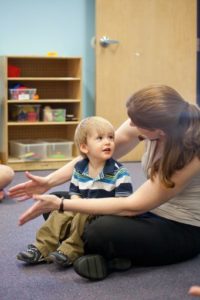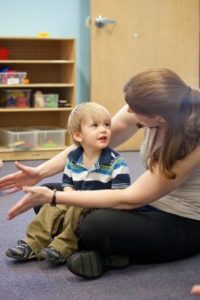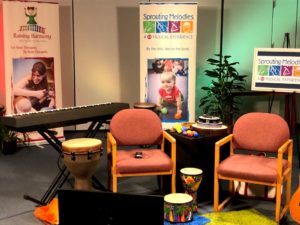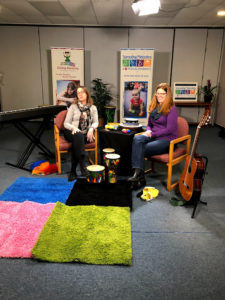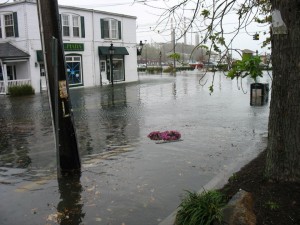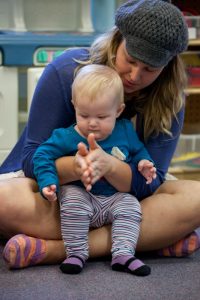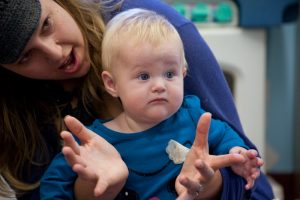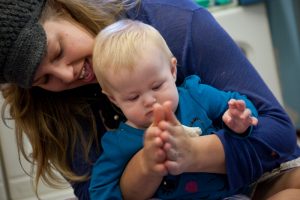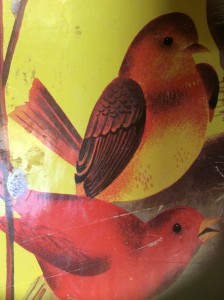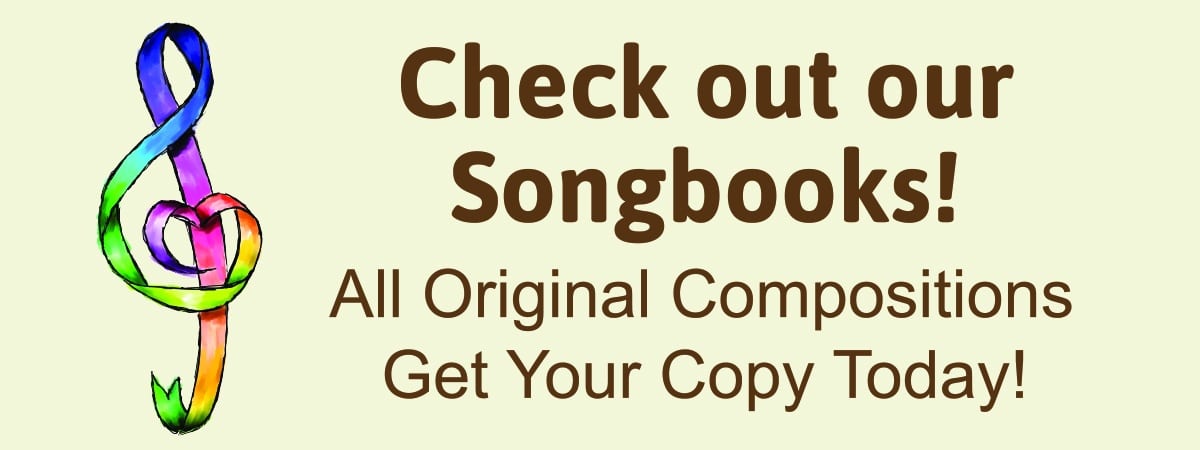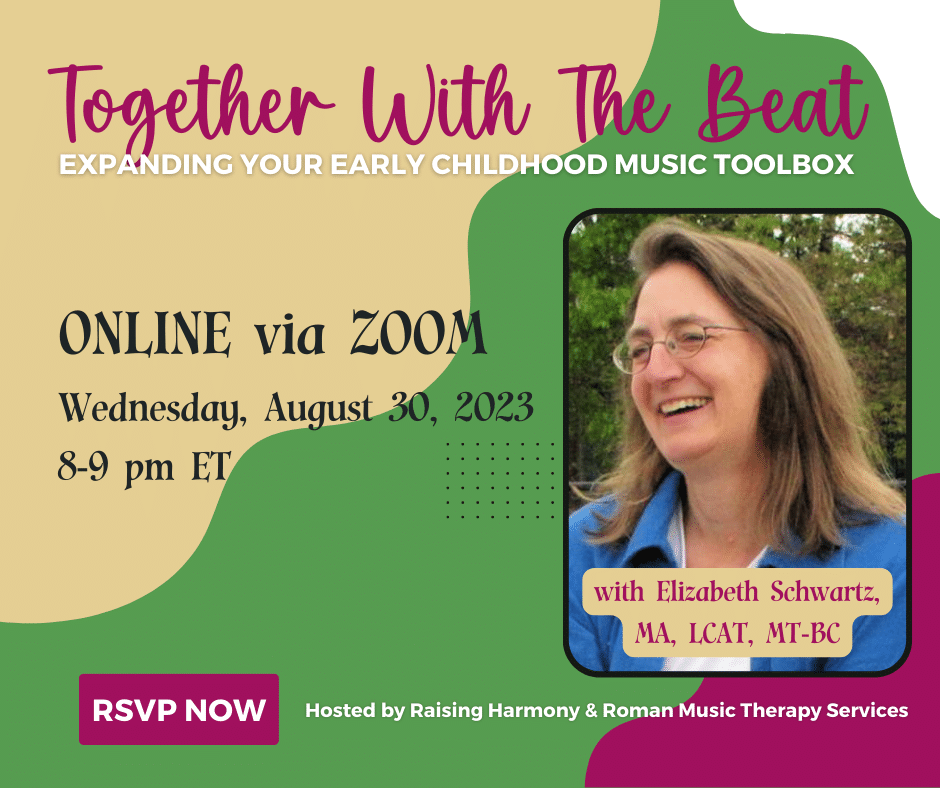
Together With The Beat
Expanding Your Early Childhood Music Toolbox
ONLINE via ZOOM
Wednesday, August 30, 2023
8-9pm Eastern
Join Elizabeth Schwartz, MA, LCAT, MT-BC for the online event Together With The Beat: Expanding Your Early Childhood Music Toolbox. The event will take place via Zoom on Wednesday, August 30, 2023 from 8-9pm ET.
